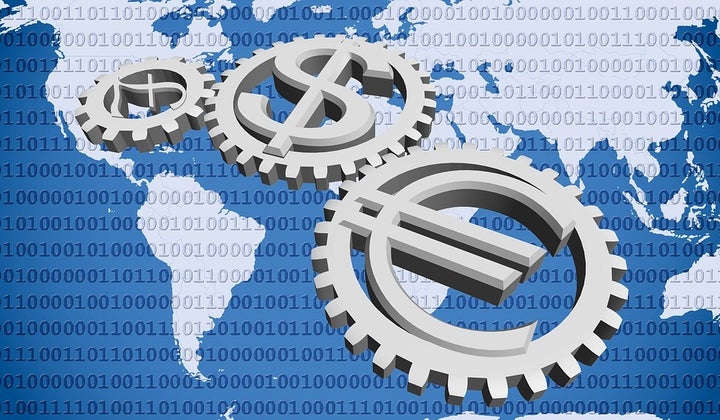
During Donald Trump’s run for the White House he made protectionism a central campaign issue. We continue to hear that the U.S “does not make anything any more” and other myths about the economy. During the campaign, it was one of his most consistent themes. As President, with a very free trade minded Congress to deal with, he will probably be largely limited to Executive Orders. Seeing how he has handled immigration, there should be little doubt that he will push the envelope on trade. The question is, what benefit or harm will come from an aggressive policy of protectionism?
The balance of trade — the amount of goods imported versus goods exported — has been a tool used by those who are shallow in their economic knowledge and deep in their fear of competition. We are told by many politicians that trade deficits (importing more than we export) is a “terrible” thing and demonstrates an economy in decline. As a result of decades of trade deficits, the US is a “debtor” nation, we are told.
It is virtually impossible to create linkage between trade surpluses and prosperity or trade deficits and economic ruin. During the 1980s, under Reagan, the deficit exploded while the national economy prospered, and history books remind us what happened during the last long-term sustaining of a trade surplus — the Great Depression. The reality should not be a surprise to any student of history. When the economy is weak, we can’t afford to buy from other countries. Our trade deficit shrinks with our spending power.
In 1928 Republican Herbert Hoover was running for President of the United States against Democrat Governor Al Smith of New York. Hoover, the Secretary of Commerce under one of the most successful Presidents in US history, was running against a very popular governor. It was easy for Hoover to defend the record of the President he served, Calvin Coolidge, as virtually every indicator pointed to an administration noted for its prosperity. “A chicken in every pot and a car in every garage” was a message that rang true to most voters that year.
During the 1920s, Coolidge and his allies took a tax rate that was as high as 70 percent under his predecessor and lowered the top rate to a low of 5 percent. Coolidge opened economic trade with countries and unleashed a level of prosperity we had not seen in generations. The number of people who made six digits (a very high income in the 1920s) increased four fold. Inflation was less than 2 percent and unemployment was at a comparable amount. They called it the “Roaring Twenties” for a reason.
In spite all the glitter, there were signs of “rust” for those who cannot look beyond the surface. That was the trade deficit that grew rapidly during the Coolidge administration. This area fell under the Secretary of Commerce and Hoover was taunted by his opponent throughout the race as the man who oversaw this area of “decline.” Finally Hoover got on the protectionist bandwagon himself and told voters that if Smith or he were elected, there would be quotas and tariffs placed on trade. Hoover won and by the Fall of 1929, he was sticking to his pledge and pursuing protectionism in the form of the Smoot-Hawley Tariff Act.
That law did exactly what it intended to do — slash the import of goods. Within a few years, the US had its first trade surplus in decades and also the highest unemployment rates in its history. The Stock Market crash that proceeded the Depression was fueled by this trade protectionism. Wall Street knew that, if we penalized imports, foreign countries would retaliate. That led to the Market crash because investors knew that the value of goods would decline as the trade markets would shrink.
The high unemployment rate was associated with the trade surplus for a very simple reason. We imported more goods than we exported because our buying power had declined dramatically. Throughout our nation’s history over the last century, our periods of highest prosperity were accompanied by eras of trade deficits. Meanwhile, trade surpluses accompanied economic decline. In our prosperity we were buying more, from everywhere. This seems obvious when one looks at the graphs showing the trade balance, good luck explaining that to a demagogue who is merely trying to win the next election.
If Trump succeeds in bringing an era of protectionism, expect it to be followed with an era of serious economic stagnation. The middle class that bolstered his campaign can expect a very unpleasant surprise.
